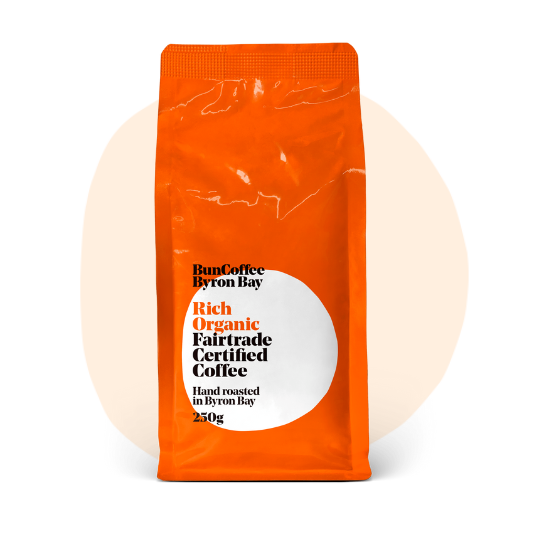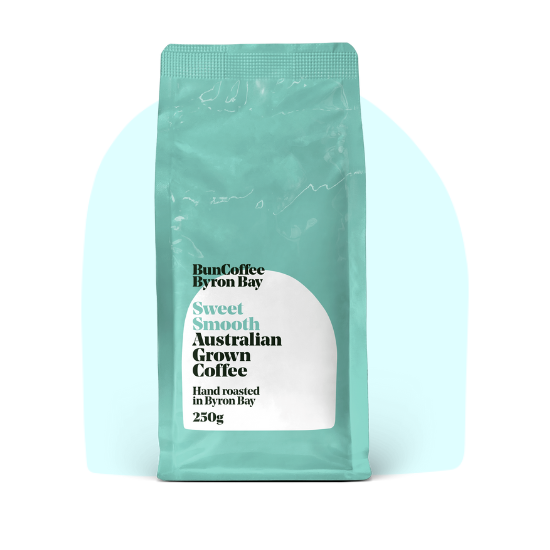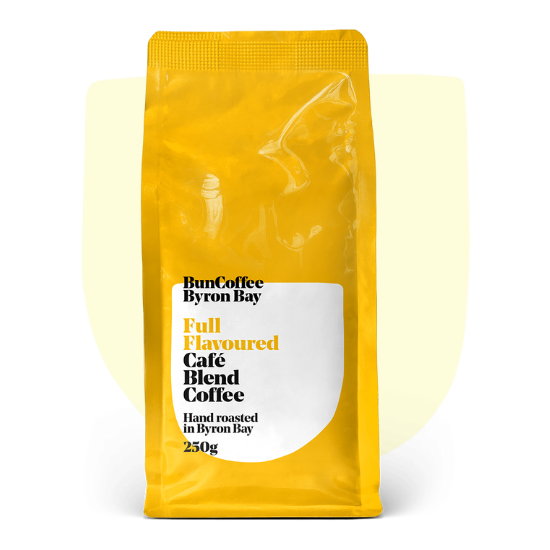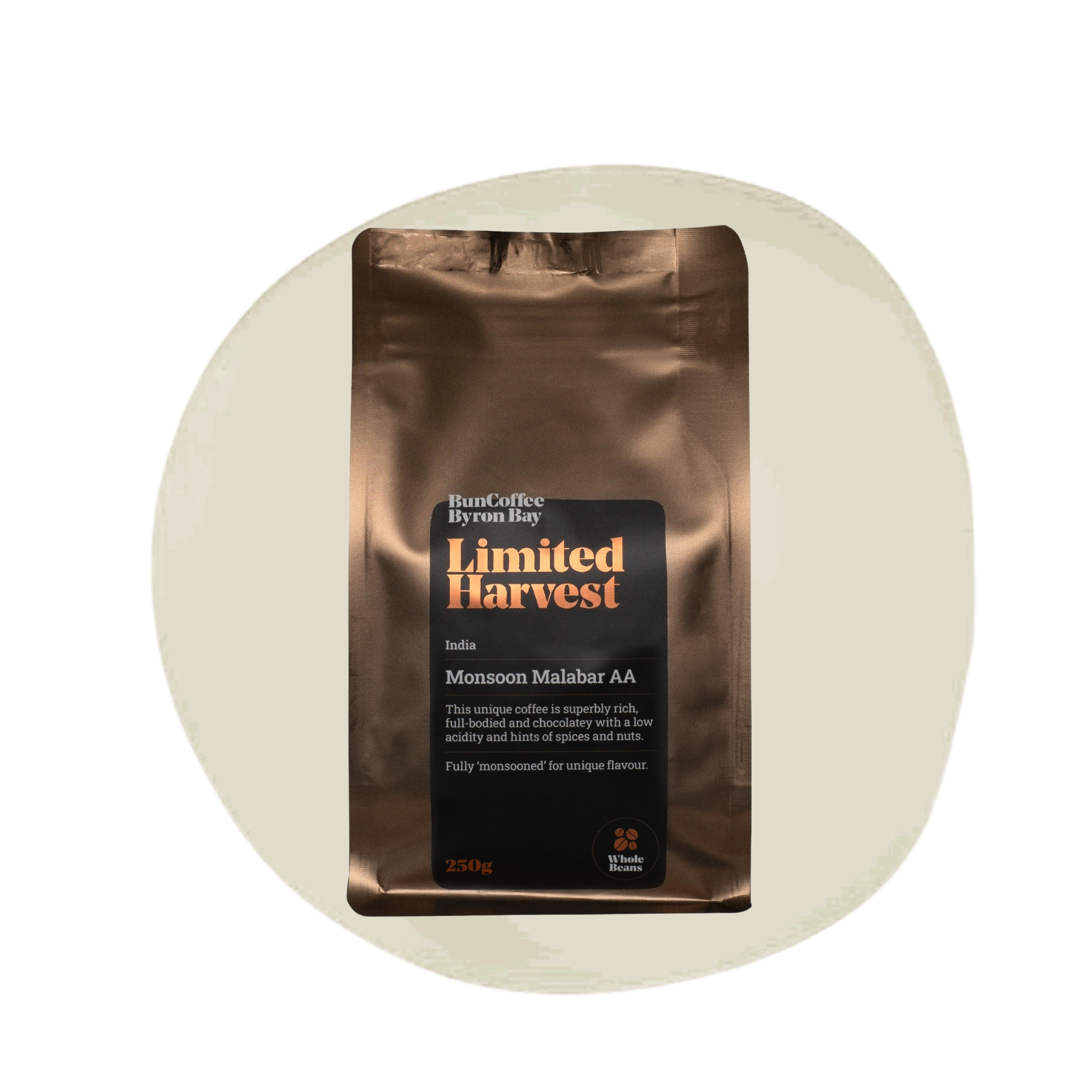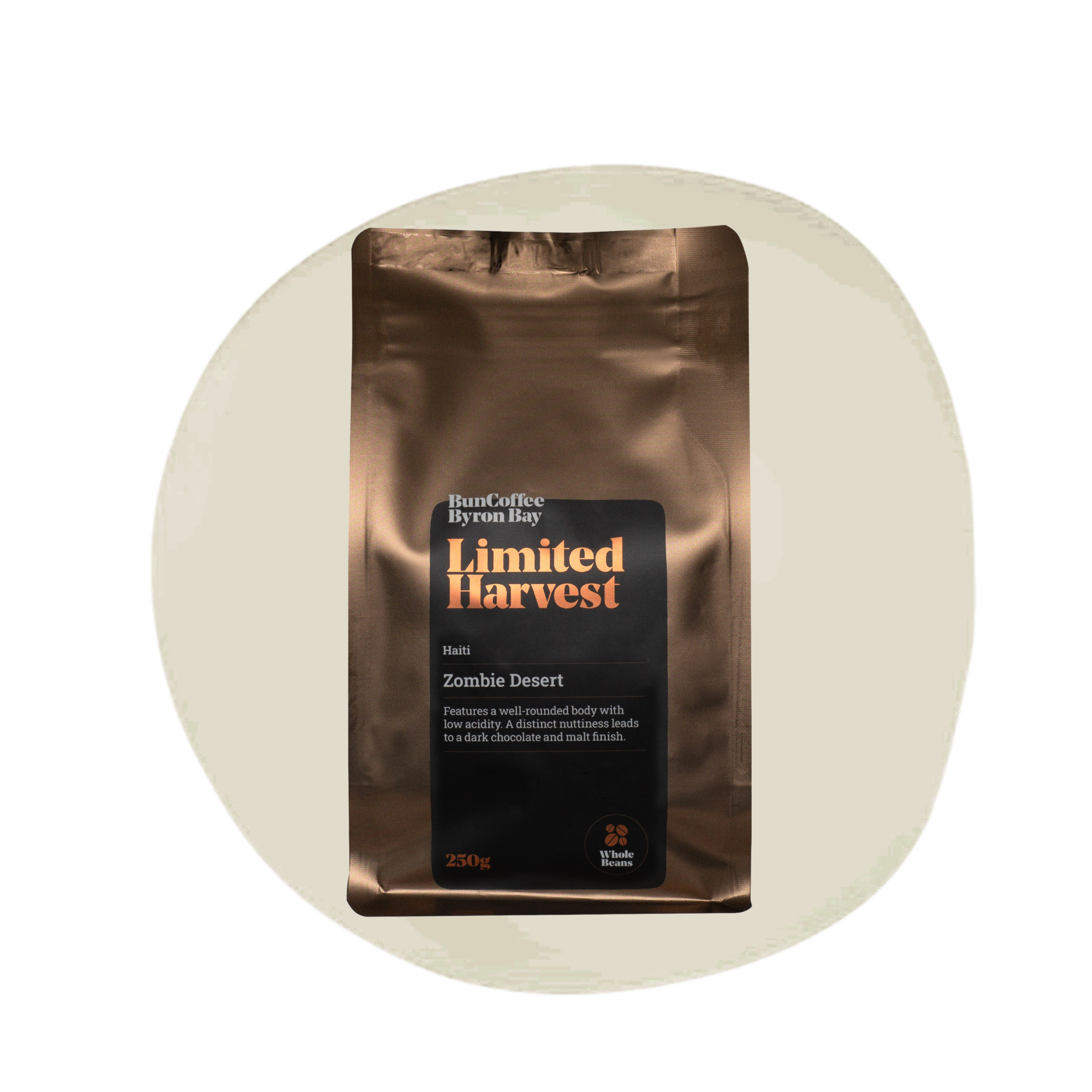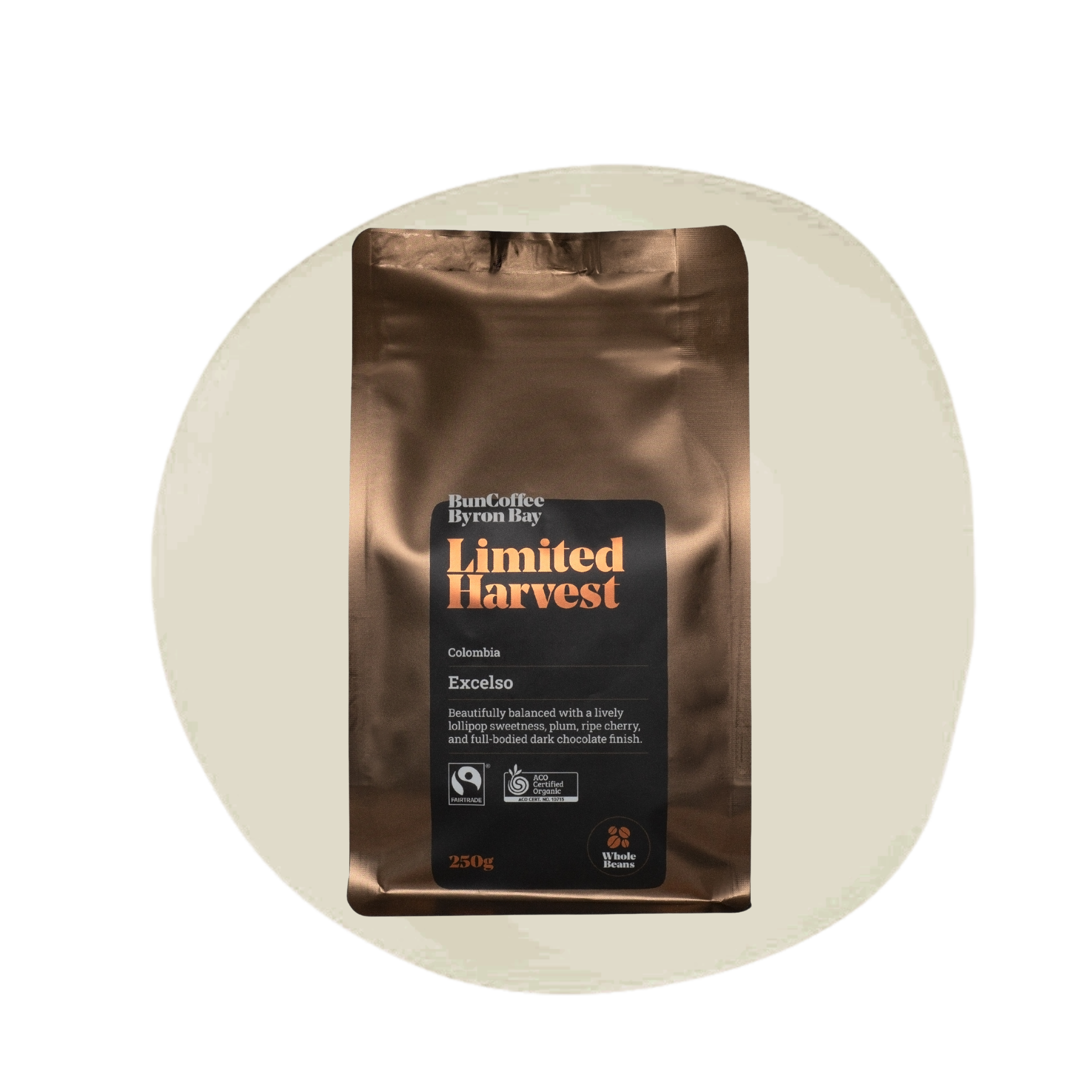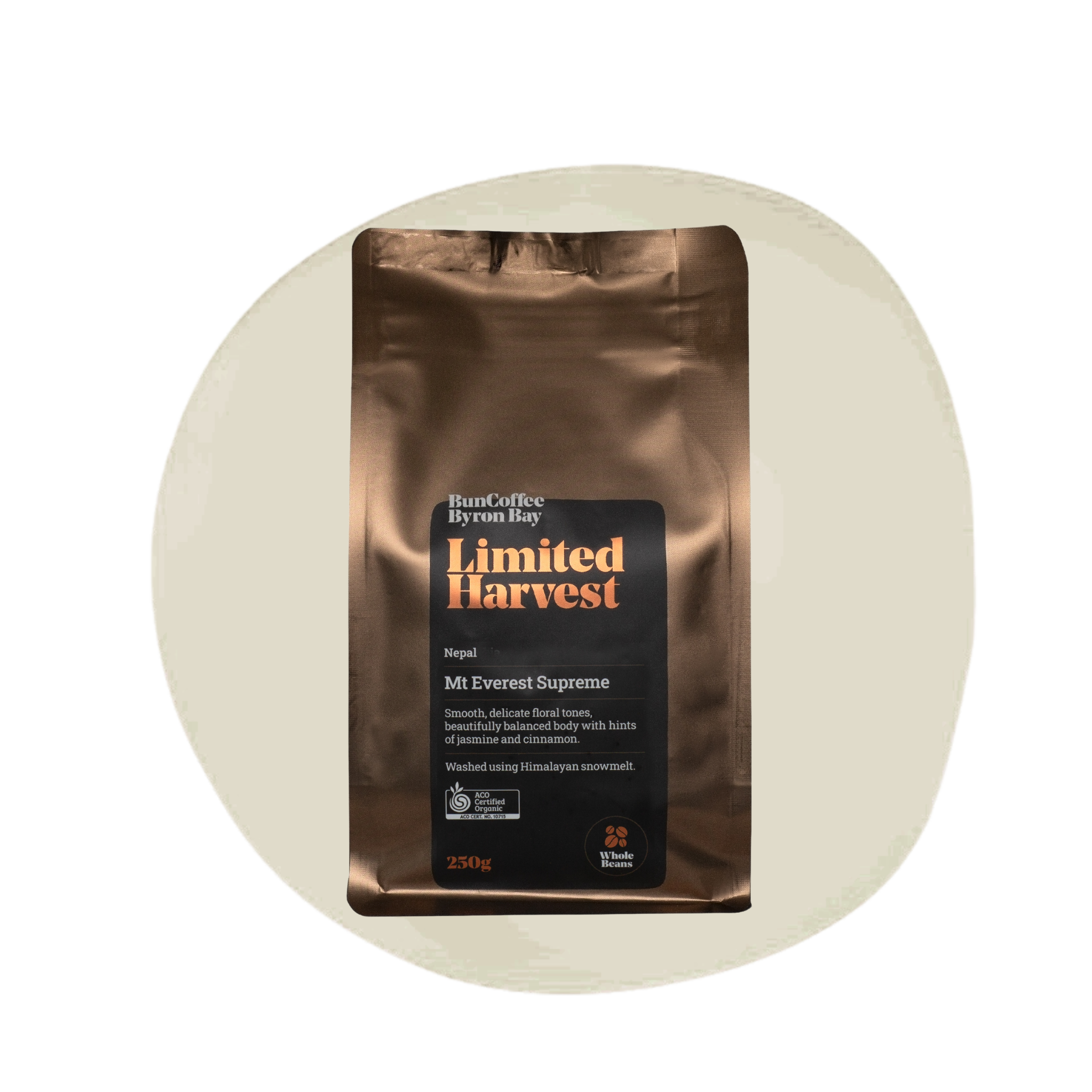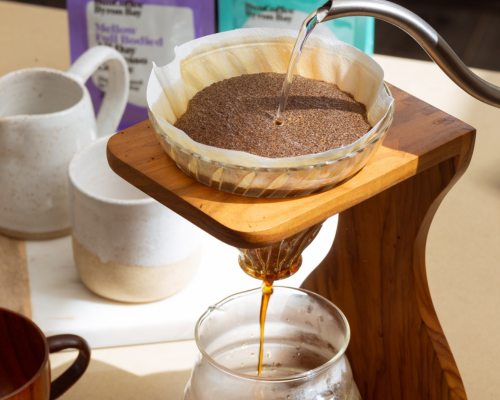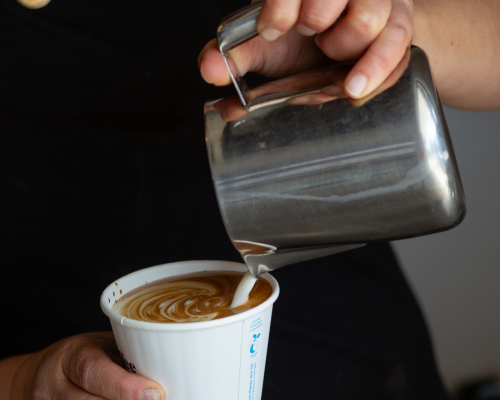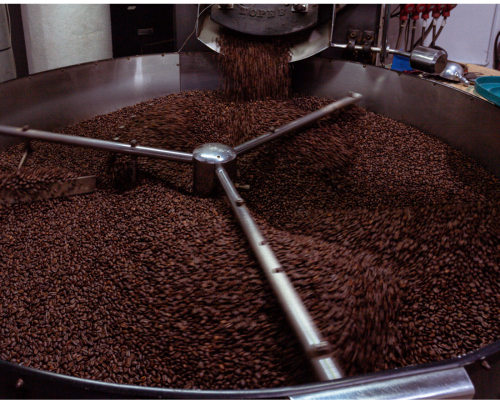Mycotoxins (Mould) in Coffee
Specifically, Ochratoxin A and Aflatoxins.
There is much discussion regarding the presence of 'mould', specifically mycotoxins, in coffee.
For the reasons below, there is minimal risk of contamination of our products:
From a green bean perspective, we have established critical control points (CCPs) within our HACCP Food Safety Management System for purchasing green coffee.
The requirement of good and sound practices throughout the entire supply chain is essential - from retailer back to roaster, trader, exporter and grower, there is a long and complex series of relationships, and it is, therefore, essential to have sound commercial relationships in place at origin to ensure hazards are eliminated, reducing risk. Our risk management is supply chain managed from the tree to the finished product. We purchase from approved suppliers, who manage their processes, which include a series of key factors such as good harvesting, elimination of risky defects, rapid drying, avoiding rewetting of the coffee through clean and dry storage, controlled shipping from origin through to roaster and finally storage in a food-grade warehouse environment incorporating CODEX HACCP & GMP.
The guidelines for preventing mould formation in coffee are widely available to all growers/traders worldwide. Our suppliers manage mould risk by verifying moisture levels before each purchase and again upon arrival of the goods at the store. Our green coffee suppliers are notified by contract that the moisture content of the coffee shipment is to be constrained within our set limits.
Test Results
To be certain, we have engaged Agrifood Technology, one of Australia's major independent analytical service providers, to test all our coffees, and the results show that our coffee has less than one millionth of a gram per kilo of each of the following compounds:
- S25-0090058 Aflatoxin B1 <1.0 ug/Kg
- S25-0090058 Aflatoxin B2 <1.0 ug/Kg
- S25-0090058 Aflatoxin G1 <1.0 ug/Kg
- S25-0090058 Aflatoxin G2 <1.0 ug/Kg
- S25-0090058 Ochratoxin A <1.0 ug/Kg
It should be noted that, while there are no requirements or minimum standards for Mycotoxins in Australia, the European Union, which has the strictest global guidelines, has a limit of <3.00 μg/kg to < 5.00 μg/kg for roasted coffee products.
FSANZ
Food Standards Australia New Zealand (FSANZ) has stated that they are not aware of any specific studies or limits set for Ochratoxins / Aflatoxins in Australia but provide a Code of Practice from CODEX. Paragraph 8 is relevant: "Coffee roasting can remove a very significant percentage of OTA. Depending on the roasting process, 65 to 100% reduction of OTA can be achieved."
Survey of chemical contaminants and residues in espresso, instant and ground coffee
Existing data on chemical contaminants and residues in coffee in Australia is limited. To gather more data, FSANZ undertook a survey of chemical contaminants and residues in a variety of coffee types available in Australia.
The survey examined 133 chemical contaminants, including metals (e.g. aluminium and zinc), pesticide residues, ochratoxin A, acrylamide, furan and polycyclic aromatic hydrocarbons (PAHs).
A total of 164 samples of coffee available from food service and retail outlets in Melbourne and Sydney were analysed in 41 composite samples of coffee. The coffee types included were cappuccino, latte, flat white, long black, short black, mocha, instant, and ground (plunger) coffee (with and without milk).
The survey results revealed no detectable levels of pesticides, PAHs, beryllium, mercury, or ochratoxin A in any of the samples analysed.


